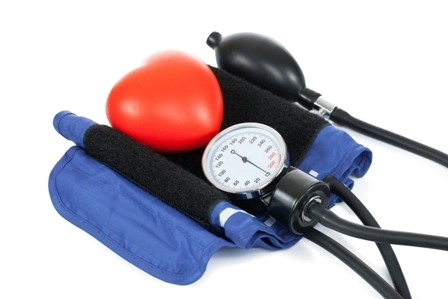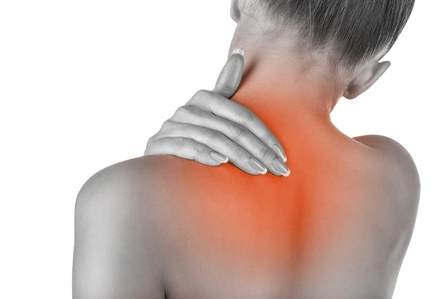Inpatient Facility Coding & Compliance Alert
Reader Question:
Fix the Fracture Codes Right with 18 Seventh Character options
Published on Mon Oct 12, 2015

You’ve reached your limit of free articles. Already a subscriber? Log in.
Not a subscriber? Subscribe today to continue reading this article. Plus, you’ll get:
- Simple explanations of current healthcare regulations and payer programs
- Real-world reporting scenarios solved by our expert coders
- Industry news, such as MAC and RAC activities, the OIG Work Plan, and CERT reports
- Instant access to every article ever published in Revenue Cycle Insider
- 6 annual AAPC-approved CEUs
- The latest updates for CPT®, ICD-10-CM, HCPCS Level II, NCCI edits, modifiers, compliance, technology, practice management, and more
Related Articles
Other Articles in this issue of
Inpatient Facility Coding & Compliance Alert
- Reimbursement/Policy:
Take Note of NOTICE, the New Law for Observation Care
Notify the patients under observation for more than 24 hours, in 2016. If you thought [...] - CPT® Update:
Start Thinking Now About New Codes for 2016
Plus, watch injection changes for pain management. It’s that time of the year when we [...] - ICD-10 Tutorial:
Refresh Your ICD-10-PCS Coding with 3 Examples
Grab these must know facts on inpatient coding October is here, and so is ICD-10, [...] - Reader Question:
Know the Correct POS code for Partial Hospitalization
Question: Our psychiatrist performed group psychotherapy for Medicare patients who were part of a partial hospitalization [...] - Reader Question:
Know the New Rules for Opting Out of Medicare
Question: Our surgery practice has chosen to opt out of Medicare. I heard that there’s a [...] - Reader Question:
Crack the Rehabilitation MS-DRGS In Sync With ICD-10
Question: Can you explain how inpatient admissions are assigned to Medicare Severity Diagnosis Related Groups (MS-DRGs) [...] - Reader Question:
Choose Specific Codes for Radiculopathy in ICD-10
Question: What ICD-10 codes can we submit to report the diagnosis of lumbar radiculopathy? Ohio Subscriber [...] - Reader Question:
Fix the Fracture Codes Right with 18 Seventh Character options
Question: The code M84.551A has a seventh character of A. Another code S82.852K has a seventh [...] - You Be the Coder:
Capture the ICD-10 Code for Herpes Zoster Myelitis
Question: A 40-year-old male with a history of shingles, presents to his physician’s office with low-back [...]
View All




